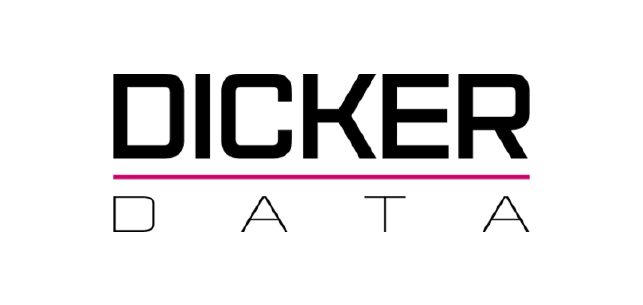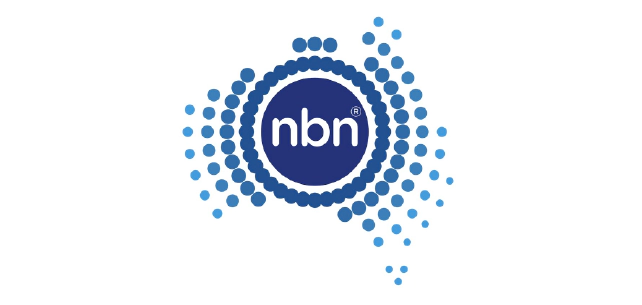
A/B Testing: An Overview
Posted By Prithwisha Panja, 09 Sept 2023.
- Sales & Marketing
- Automation
- Helpdesk
- Productivity
What is A/B testing?
A/B testing, also known as split testing, is a marketing strategy that pits two different versions of a website, advert, email, popup, or landing page against each other to see which is most effective. Essentially, A/B testing eliminates all the guesswork out of website optimization and enables experience optimizers to make data-backed decisions. For example, we might test two different Google Ads to see which drives more purchases.
We will now look deeper into the concepts of A/B testing.
How does A/B testing work?
A/B testing works by randomly showing two versions of the same asset (ad, website, pop-up, offer. Etc.) to different users. The different versions of the asset are created randomly because this provides more accurate information without disturbing the results. Out of the two, one version is the “control” group, the preferred version that is already being used. The second version comprises of changes in elements. We can change multiple elements, but it does make it difficult to tell what change made the difference. This type is also known as multivariate testing.
For example, two variations(versions) of a ‘buy now’ button (one version is red and the other one in blue) is created for a particular product. Half of the users are shown the red ‘buy now’ button and the rest sees the blue ‘buy now’ button. Now after a certain period, we compare which version of the ‘buy now’ button has been clicked more and resulted in a greater number of purchases.
Why do we use A/B testing?
Accurate A/B tests can make a huge difference in return on the investments made. By using controlled tests and gathering empirical data, we can figure out exactly which marketing strategies work best for the product, or the service. If there’s a possibility that one variation is working multiple times better than other, without putting much capital at risk, it becomes needless to run a promotional campaign without testing first. When done consistently, testing can improve the results substantially. If it is known what works and what doesn’t it’s easier to make decisions and craft more effective marketing strategies in the long run for higher scalability of the company. Some other notable benefits of using A/B testing are:

How to plan an A/B test?
Incorporating surveys into your Vtiger CRM, is a powerful way to unlock the hidden potential of customer data. By actively seeking customer feedback, the company can stay ahead of the competition, enhance their offerings, and deliver an exceptional customer experience. Vtiger's survey feature provides the tools one needs, to engage with customers effectively and derive valuable insights that can lead the business to new heights of success. So, the power of surveys in Vtiger is to be embraced to harness the true potential of the organisation by integrating customer intelligence.
For increasing the effectiveness of an A/B test, we can create variations in the following elements:
- The headlines
- Call to Action triggers
- Any graphics we use in direct correlation to the sales efforts.
- The sales copy or product descriptions
- Featured image
- Button size and placement
How to plan an A/B test?
The primary step to do when planning an A/B test is figuring out what we want to test. If the test is on- site, then all the sales-related pieces of our website are to be considered, with respect to that figure out which elements to split test. With off-site tests, we will probably be testing either an advertisement or a sales email. Testing an ad copy to see which ad drives more conversions can help us focus our advertising efforts. Once we get to know the probability and trend of the ad getting converted, it’s easier to justify spending more money and efforts on it.

The same goes for emails. Sending out two versions to the list (randomly selecting which half gets which email), and then tracking which one converts better. With emails, according to the responses we can adapt the structure, email subject line, images used, or even the offers. Knowing what the audience responds best to allows us to write more effective emails in the long run.
But, before starting the split test, we must make sure to have a clear idea of the baseline results we are intending to. The tests need to be run simultaneously to account for variations in timing. It is not possible to test one variation today and the other one tomorrow because we won’t be able to factor in any variables that might have been changed between now and then as per the timings. Nowadays there are several tools available in the market.
What are the tools to perform A/B testing?
Plenty of marketers and business owners avoid A/B testing because it feels like too much work, or they’re worried they’ll do something wrong. The tools we would use will depend on the features we want to test. Some of the common A/B testing tools include Google Optimize, Optimizely. Omniconvert, Hotjar, CrazyEgg, Usernap etc. There are also several other cheap or free tools that can test website elements and help us analyse which variant is most effective.
After performing the A/B test, as result we will have a large amount of data. Sometimes the winner will be quite clear. But at times due to large amount of data or due to other circumstances the winner is not clear. So, to make things transparent, we make sure that we have enough data to analyse the trend for performance in the long run. We can also use an A/B testing significance calculator. It is basically a custom designed tool where we put necessary information like the data we received in results as inputs and according to the data it tells how the sales of the product/service has impacted by the variations. Sometimes we need to look beyond the obvious parameters. Not all metrics are created equal. It is advisable to look at the conversion rates and traffic instead.

Ultimately, we will be regaining control of our marketing strategies through A/B testing.
Katalyst Consultancy Benefits
Tco Concept (TOTAL COST OF APPLICATION OWNERSHIP)
We help you rationalize the invisible cost
- Customization: 80 -20 rule. On average to achieve a good fit 20 % of customization is required when acquiring new applications.
- IT Personal: Internal team buy in is extremely important while acquiring a new application. Without that chances are the project would fail.
- Maintenance: Appropriate amount of maintenance should be factored in which can be progressively reduced as skill level grows within the team.
- Training: New tools require training for all stake holders who are going to get affected directly or indirectly by the new application.
- Implementation: Implementation should be staggered following a CI/CD philosophy as oppose to a big bang change.
- Hardware: New generation applications efficiency and productivity relies on new generation hardware too. Not upgrading underlying hardware across the application echo system might adversely effect gains from adopting new application.






















